|
According to the Italian National Organisation of Cheese Specialists there are 643 different cheeses in Italy. Wikipedia puts the number in the United Kingdom at over 700. Counting cheeses could rival sheep for putting you to sleep. Yet talking about and eating cheese is spellbinding, and making it can be addictive. What strikes me about the list of Italian cheeses is how many of them are traditional cheeses that have been made and eaten for centuries, some even for millennia. Scanning the list from the UK, I see lots of newly invented cheeses, many of them excellent I know from firsthand experience, but they haven’t yet stood the test of time. There are many motives for inventing a new cheese: curiosity, marketing, ego, a mistake during production that turns out to taste good. Among the Italian cheesemakers I know, none of these factors influences them. They’re proud of their heritage and want to make the cheese their parents and grandparents made as well as they can. It’s as if they have a Platonic ideal of, say, pecorino which they’re aiming at. And they sell it as ‘pecorino’. If they package it, the label will give the name and address of the dairy, but the cheese itself is ‘pecorino’. Why are there so many traditional cheeses? Geography and history account for much of the diversity. But I suspect so does that endemic Italian characteristic campanilismo, the conviction that everything within sight and sound of your own bell tower is best. You might occasionally eat cheese from elsewhere, but with a very few exceptions, you certainly don’t set up a dairy to produce it, and even less to give birth to your own invention. Very few people outside Italy realise we have this huge variety of cheeses most of which are produced only in a limited area. For example, Gorgonzola is produced only in parts of Lombardy and Piedmont in northern Italy. Parmigiano is made only in part of Emilia-Romagna. Mozzarella is produced only in southern Italy. The expert Gorgonzola producers have never made mozzarella, and vice versa. Sometimes I get a request for a cheese course including all four of these cheeses, and I have to say no. My courses are taught by cheesemakers who have been making their kind of cheese all their lives. To get to these experts we would spend all our time travelling up and down the country with no time left for our hands-on workshops learning to make the cheeses. For example: Then, 45 minutes by car to Modena station. No, no. Too much stress! To me, the distinctiveness of each region is one of the beauties of Italy. You have to go to a particular place to eat a particular type of food. Massimo Bacci, who is one of the norcini (pork butchers) who teach my salumi course, always says: ‘If you could get my salami by mail order anywhere in the world, half the joy of travelling would disappear.’ I would add that the flavour of what we eat is influenced by our surroundings. You will never taste a better mozzarella than the one made six hours earlier in a nearby dairy which you enjoy with friends of the cheesemaker in Campania with the fragrance of the Mediterranean maquis in your nostrils, the sawing of cicadas in your ears and the Mediterranean Sea glittering in the distance. I’m writing this blog to coincide with the British Cheese Weekender 2021, a series of live online events presented by cheesemakers, cheesemongers, cheese maturers and chefs in the UK. Click here to see what’s on today. If you landed here by chance and would like to be notified of future posts, you can sign up here: http://eepurl.com/geSMLv
If you’d like periodic news about our tours and courses, sign up here: http://eepurl.com/hVwz6
0 Comments
When you come on my tours I hope you’ll feel as if you’ve tumbled down the rabbit hole into a Wonderland of strange language, landscapes, white rabbits, mad hatters and cheshire cats. Relax and bask in another culture. There will be many green bottles saying ‘DRINK ME’ and food saying ‘EAT ME’.
The strangest of my tours is Celebrating Sardinia. Sardinia is only barely Italy, so don’t assume because you’ve explored the mainland, you also know that bean-shaped island off its west coast.
The tour is timed to enjoy the festivities for the patron saint of Sardinia, Sant’Antioco. His tomb is in the cathedral of the town of Sant’Antioco on the island of the same name, now linked by a causeway to the southwest corner of the island of Sardinia. The celebration takes place two weeks after Easter.
Stefano Castello welcomes us with a tune on the launeddas, a bagpipe without a bag, found only on Sardinia. Notice his cheeks.
The opening procession of the festival immerses you in the all-encompassing strangeness of the Sardinian Wonderland. There are many other traditional festivals in Italy, but here you have the sense of the past spilling over into the present. The fabric and needlework to make the costumes, the woodworking and decoration of the carts and the oxen which pull them, the music and the dance, all these skills were passed on to the present generation by parents and grandparents. They didn’t disappear only to be insecurely resurrected from hearsay, books and photos.
I think Sardinia is the only place where there are more sheep than humans. Giulio Basciu is one of the dwindling number of Sardinians living a traditional rural life.
Antonella Ajò learned to pot because she wanted to make ceramic models of every romanesque church in Sardinia. She achieved her goal, but having became addicted to the craft, she can’t stop.
Something else you can only find here is bissu, a fibre made from the beard of a mollusc.
It used to be harvested from the bivalve Pinna nobilis, which was becoming extinct and was protected in 1992. Ariana Pintus has found another abundant shellfish whose beard has the same properties. It’s painstaking work cleaning and spinning the fibres.
It’s time for one of those green bottles with the ‘DRINK ME’ label.
Not many places have salt pans you can visit to find out how salt gets from the sea to your table.
You definitely won’t find delicious culurgiones anywhere else.
For sure one of the highlights of the tour, and an experience it would be hard to find anywhere else, is making bread with Anna Marras and her friends. Antonella, the potter, told me about this group of retirees who amuse themselves by keeping alive their old traditions and teaching them to the young.
We were blown away by their hospitality.
Three days into the tour fisherman Mauro Pintus, on whose boat we spend a blissful day on the lagoon, phoned to say he couldn’t do Wednesday, but how about Friday. The reason? For six months they’d had tickets for a pop concert in Milan, but he’d totally forgotten about it. I managed to swap Friday’s activities to Wednesday. And the weather was much better on Friday. Thank you pop concert!
On our last day we go to see another unique prehistoric Sardinian structure: a Bronze Age nuraghe built by a civilisation that endured from 1700 to 200 BC. They played the launeddas that Stefano demonstrated on the first day of our tour.
I'm repeating this blog I wrote two years ago because, if it weren't for Covid-19, we would have been Celebrating Sardinia right now. Next year's tour is already confirmed, and there are only three places left. Why not join us for an extraordinary experience from 29 April to 8 May 2022? You'll find dates for 2023 and more details about the tour here.
If you can't wait until next year to travel to this Wonderland, the Giants of Sardinia tour takes place in October, by which time travel to Italy may be possible. If not, you may apply your deposit to another tour or have a refund.
If you landed here by chance and would like to be notified of future posts, you can sign up here http://eepurl.com/geSMLv
If you’d like periodic news about our tours and courses, sign up here http://eepurl.com/hVwz6
This blog was originally published on Slow Travel Tours on 28 June 2019.
This blog was originally published on Slow Travel Tours on 28 January 2017. Did you know that olive oil is the only common cooking oil that is the juice of a fruit? All the other oils we use in our kitchen come from seeds: sunflower, rapeseed (canola), peanut and grapeseed. This realisation leads directly to another question. Would you cut an orange, leave it on the counter for a week and then squeeze and drink the juice? Would you step on an apple, leave it on the table for three days and then eat it? Yet that’s what happens to many olives before they’re pressed to extract olive juice. I’ve tasted and written a lot about olive oil, but this idea had completely escaped me until I met Elisabetta Sebastio last year. She’s a professional olive oil taster both for Italian Chambers of Commerce and international olive oil competitions. We ran our first full-day olive oil class during my Autumn in Tuscany tour in November 2016 (now we run a full course on the subject of olive oil: Olive Oil: Tree to Table in Tuscany). It was a revelation for all of us. We gathered around her kitchen table. She taught us how the professionals taste and rate oil. We tasted eight olive oils. The first was a surprise and I don’t want to ruin the impact by telling you what it was. Then there were four new-season oils: one from Sicily, two from Tuscany and one from the Abruzzo. Some people liked the tomato scent of the Sicilian one, others the bitter piquancy of the Tuscans. Lots preferred the less in-your-face qualities of the Abruzzese. Under Elisabetta’s guidance it was so easy and we were proudly feeling like experts when we started on the three defective oils. Wow! It was so clear that they didn’t measure up, and we could describe what was wrong with them: rancid, vinegary and fusty. We didn’t want to put them in our mouths. You’ll taste lots of mildly rancid oils in restaurants due to poor storage in clear bottles in the warmth. There were more revelations. Contrary to popular belief, true extra-virgin olive oil has the highest smoke point of any vegetable cooking oil. Another fact some people don’t realise is that it deteriorates with every passing day, even in a sealed bottle. If you’ve got some excellent oil, carpe diem. It will be worse tomorrow. But olive juice isn’t just for cooking. In Italy it’s mainly used as a condiment, like salt and pepper. This got us thinking about which olive oil goes best with which foods. Elisabetta had devised a lunch to demonstrate the classic pairing of regional dishes with an oil of the same region. We got to help prepare orecchiette (an ear-shaped pasta from Puglia) with an artichoke sauce seasoned with extra-virgin olive oil from Puglia. Sadly, we ran out of space in our stomachs before we could taste all the different dishes Elisabetta had prepared. I took another group to her home in December. One of them loved chocolate and Elisabetta assured me she could source some olive-oil flavoured chocolate. The platter of chocolates was beguiling and they tasted fantastic. She had made them herself! Join me on the course Olive Oil: Tree to Table in Tuscany from 18–23 November 2021 and meet the amazing Elisabetta and have fun with olive juice.
If you landed here by chance and would like to be notified of future posts, you can sign up here. If you’d like periodic news about our tours and courses, sign up here. |
Email Subscription
Click to subscribe to this blog and receive notifications of new posts by email. AuthorErica Jarman Categories
All
Archives
October 2023
|
|
copyright 2017 sapori-e-saperi.com | all rights reserved
|
Website by Reata Strickland Design

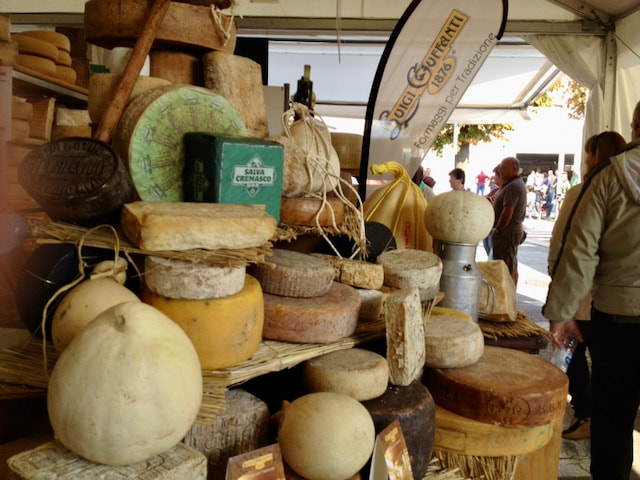
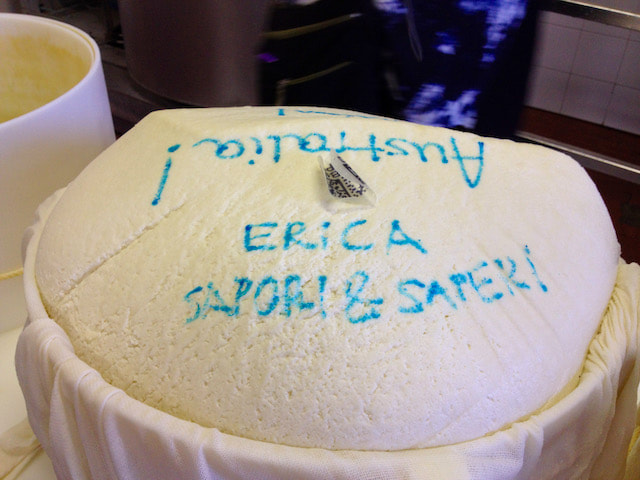
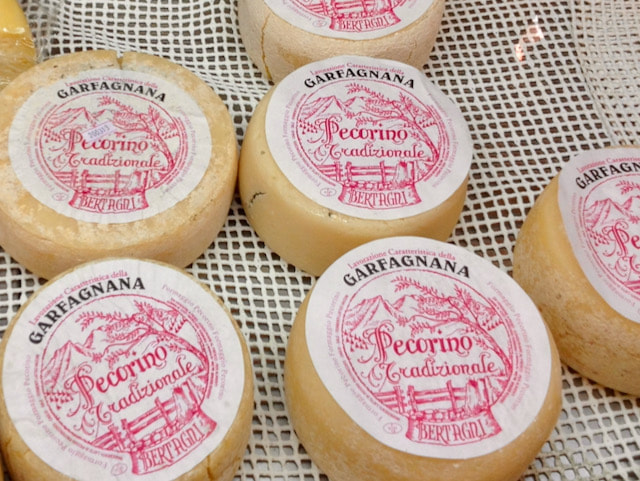
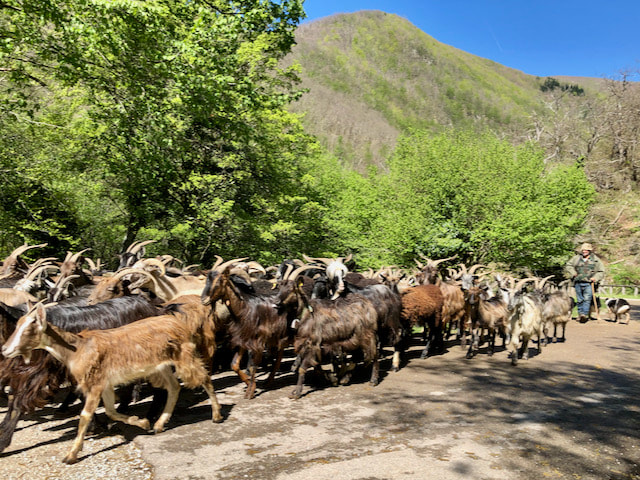
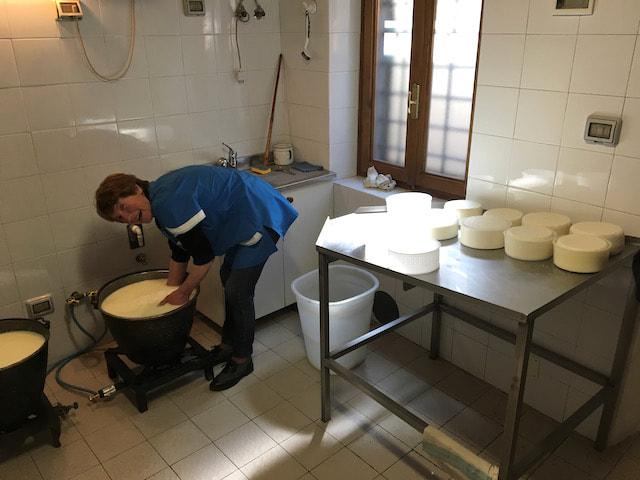
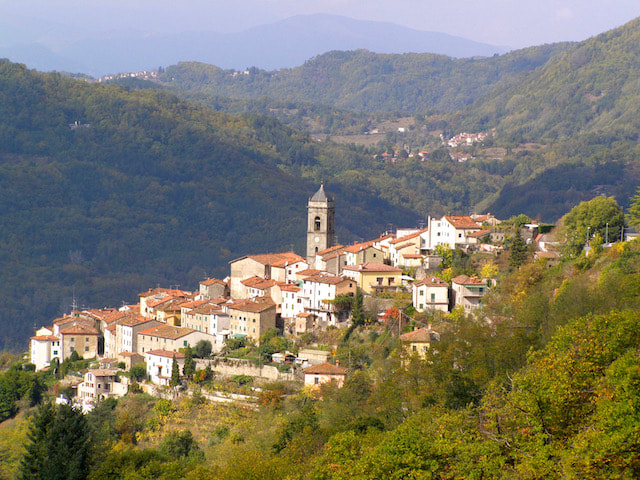
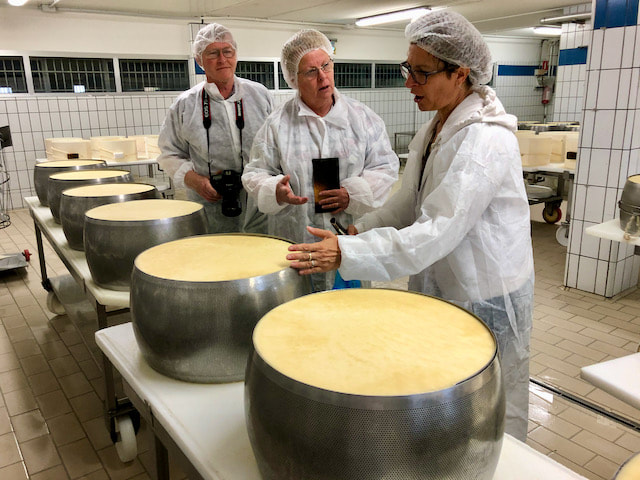
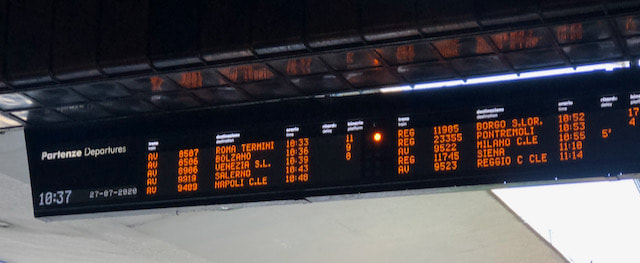
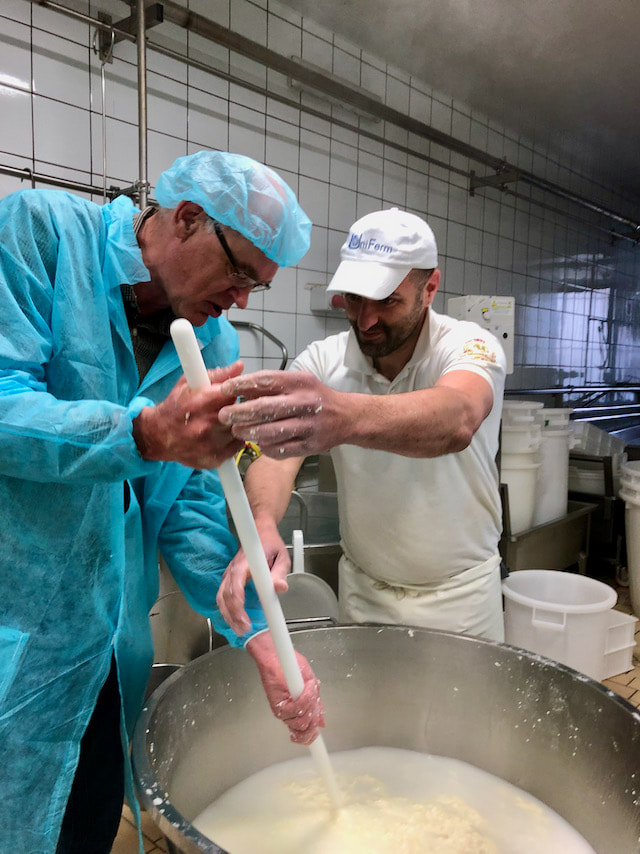
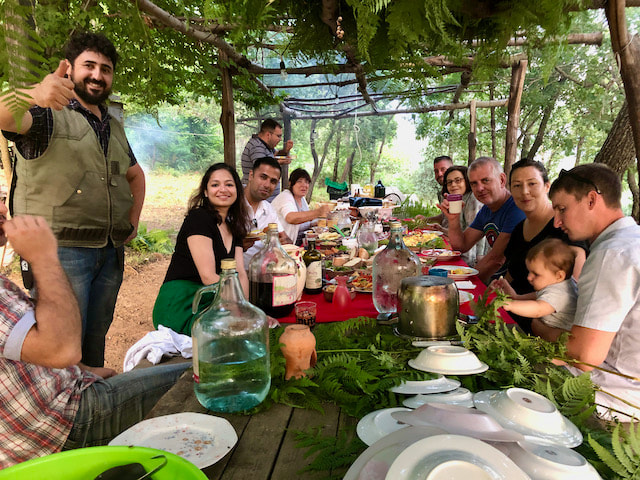
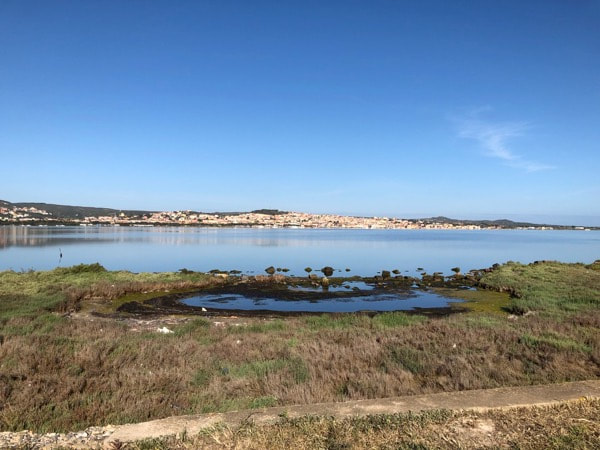

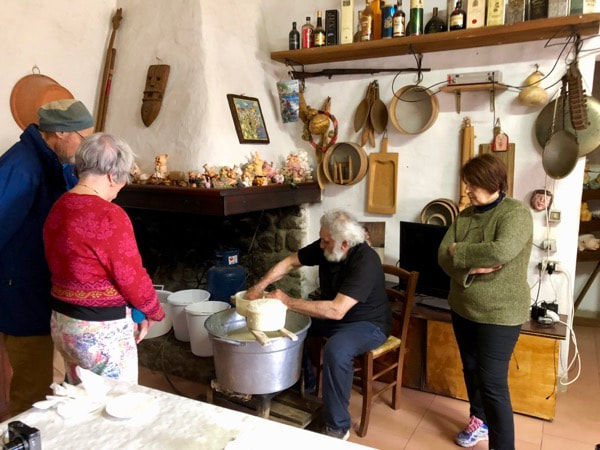
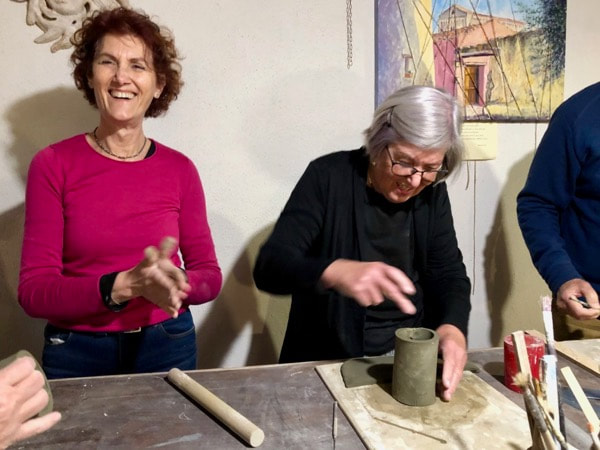
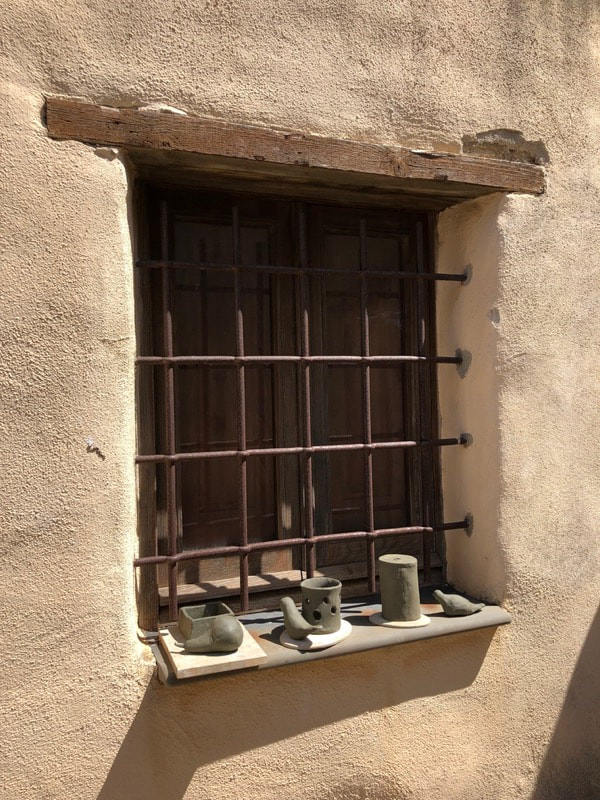

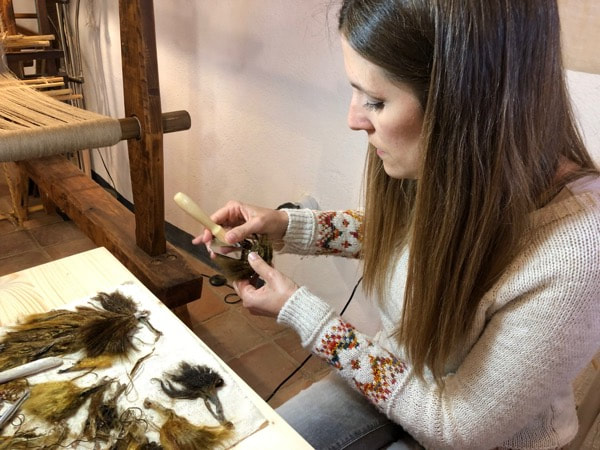
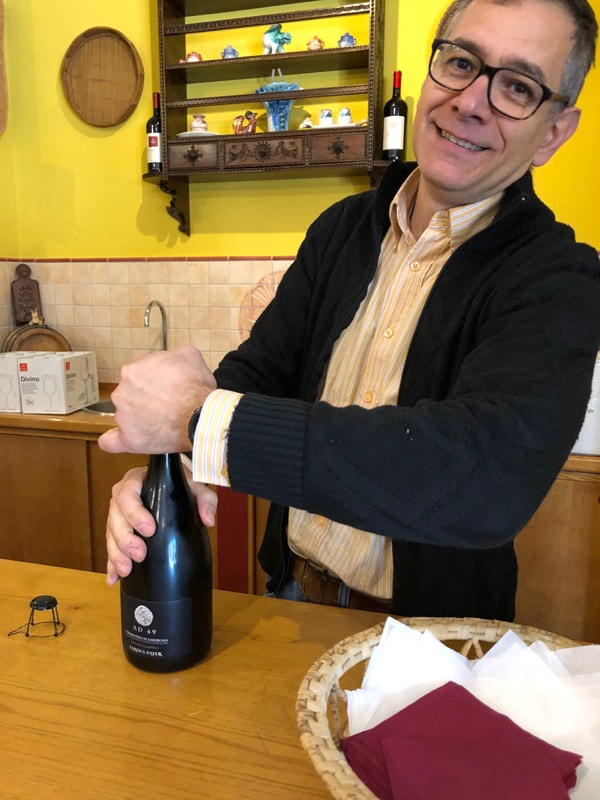
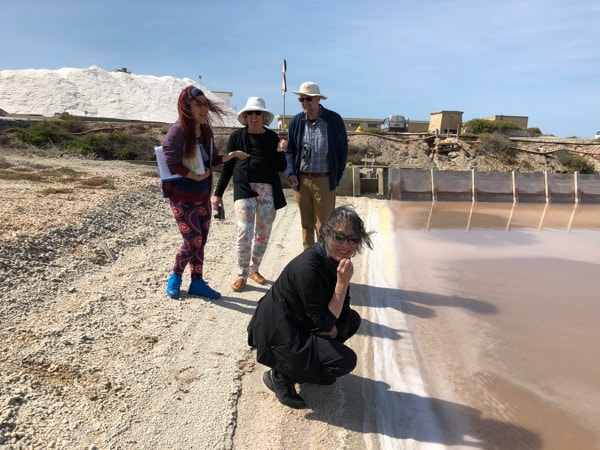
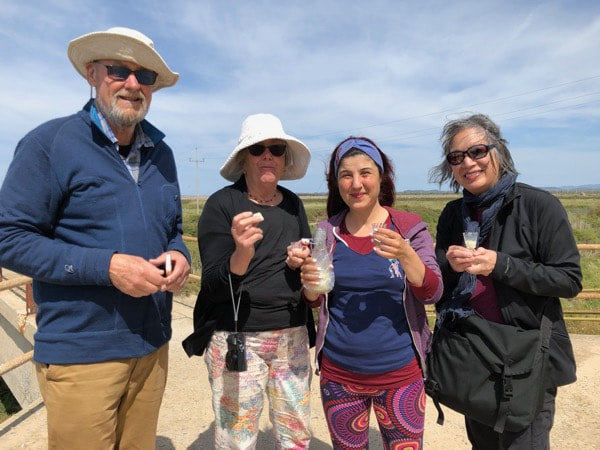
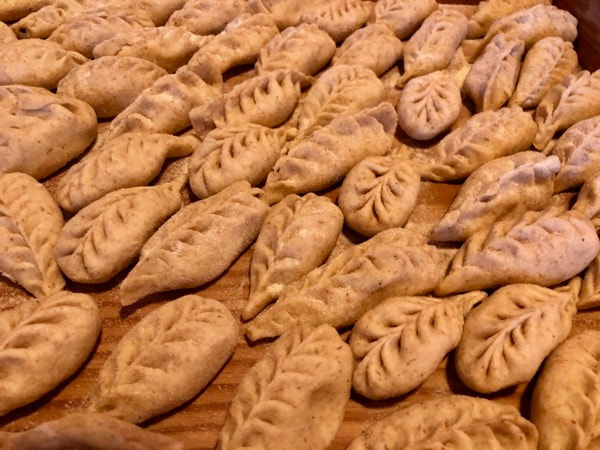
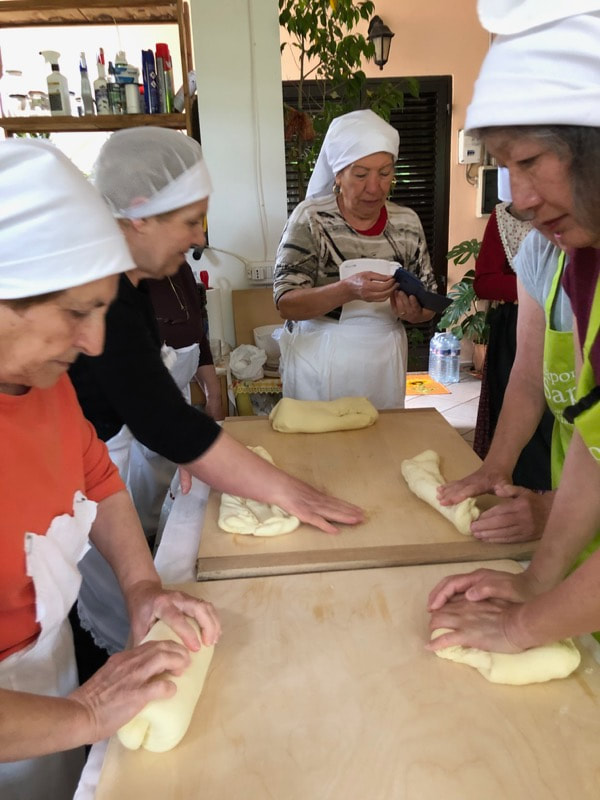
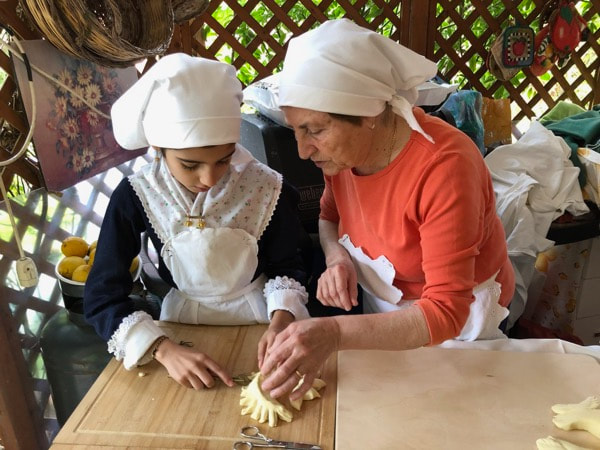
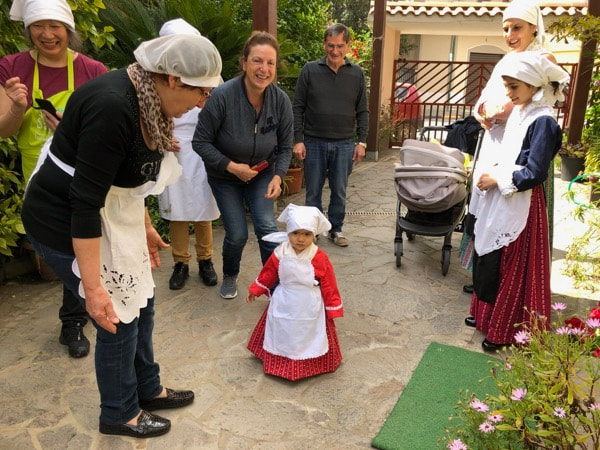
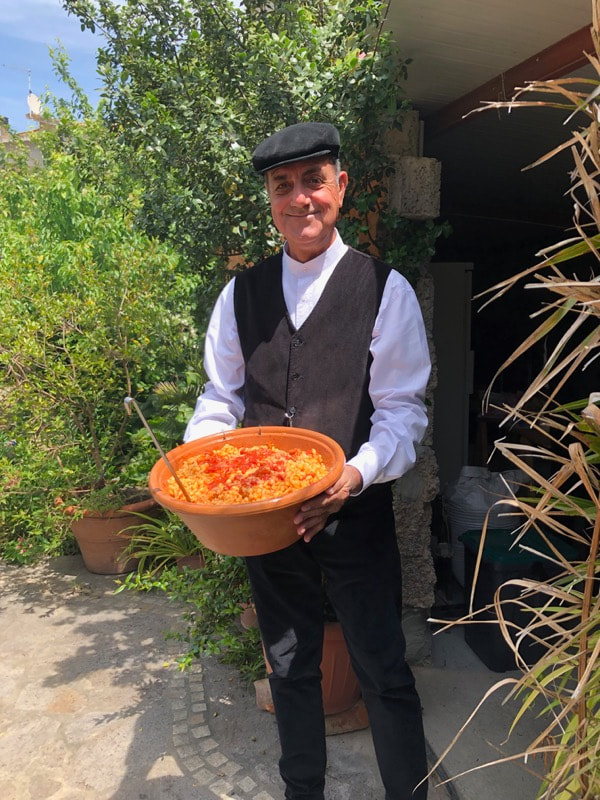
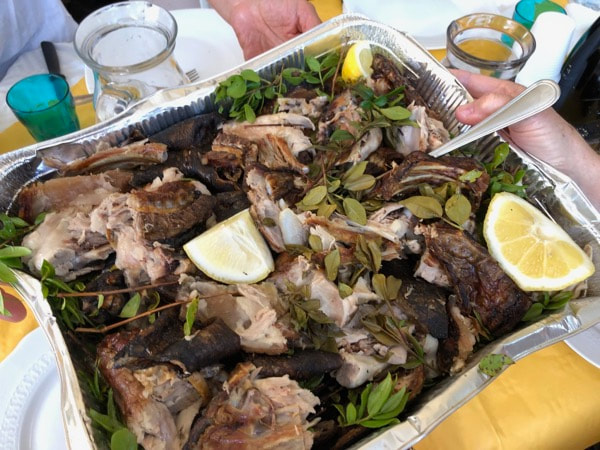
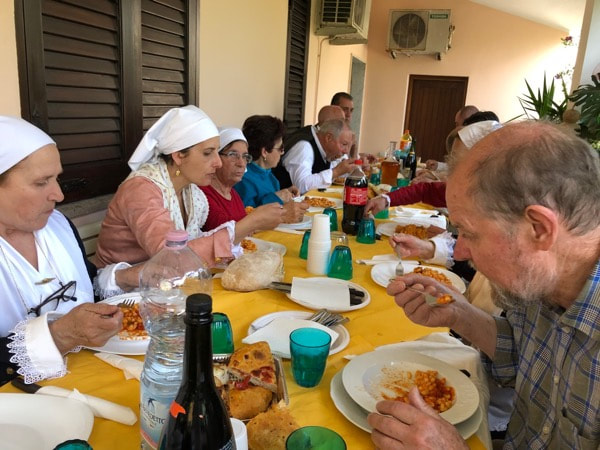
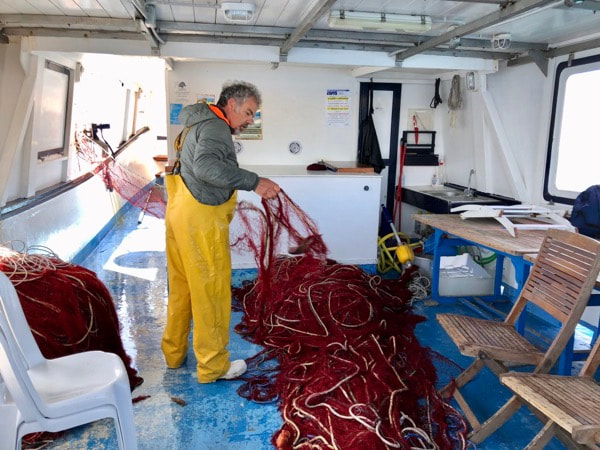
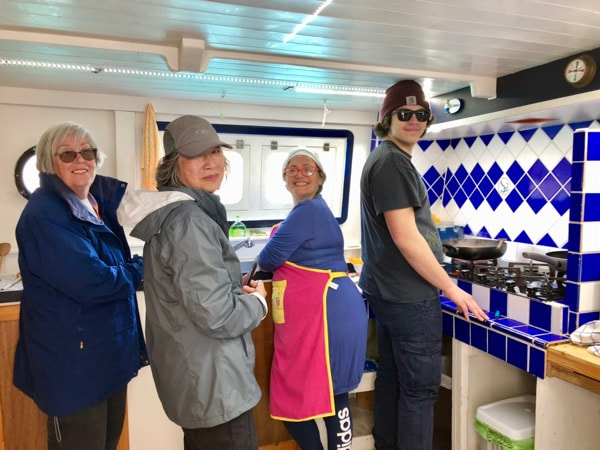
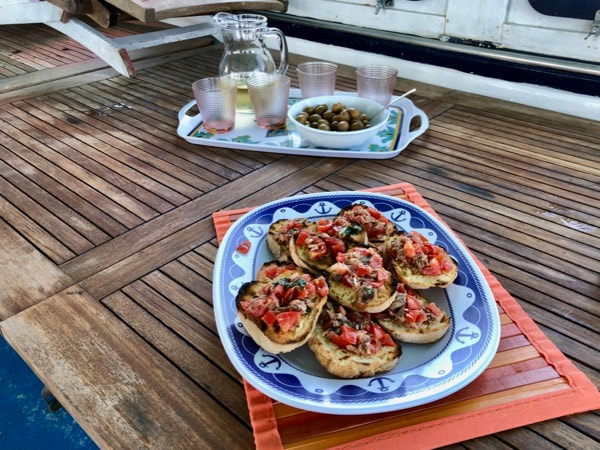
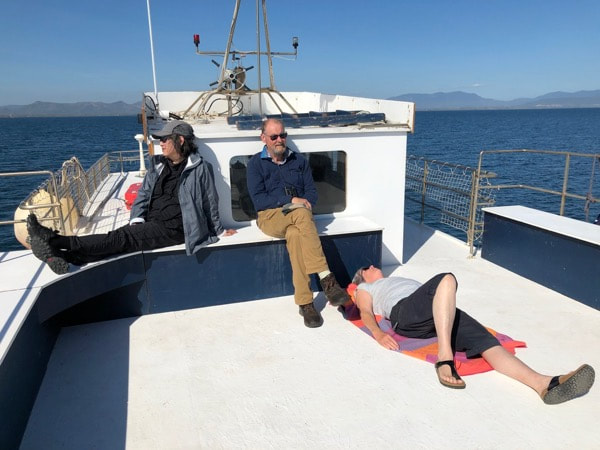
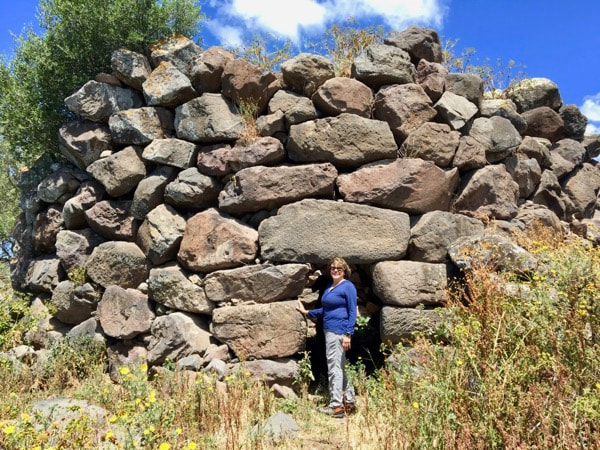
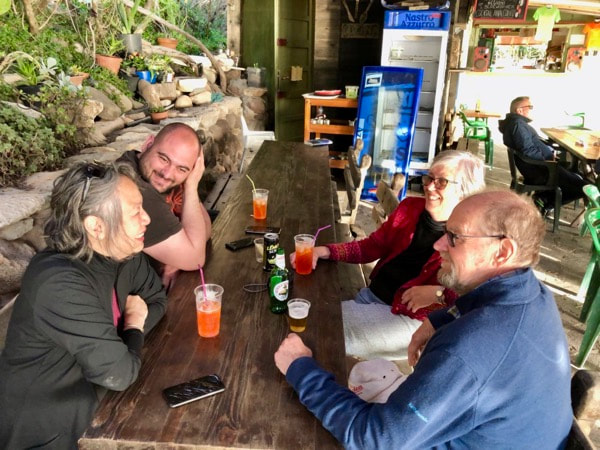
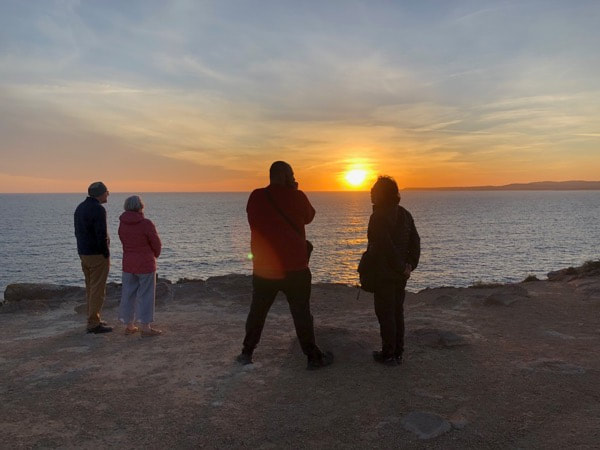
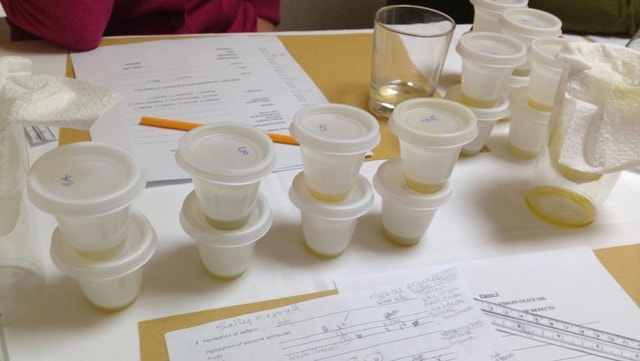
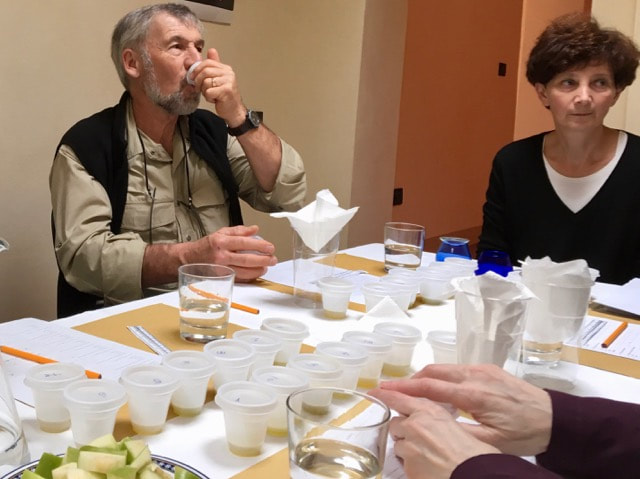
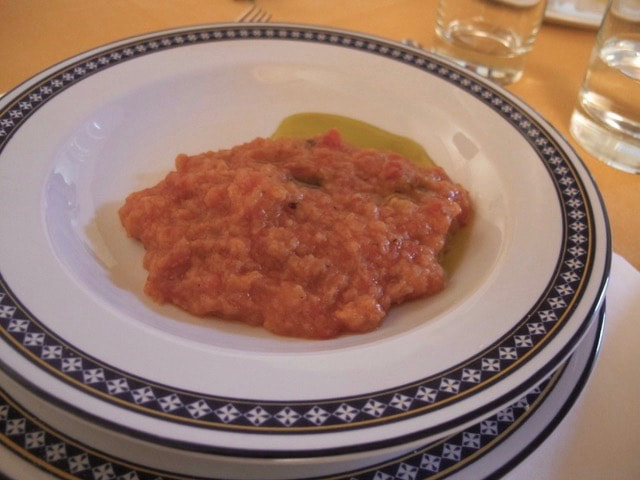
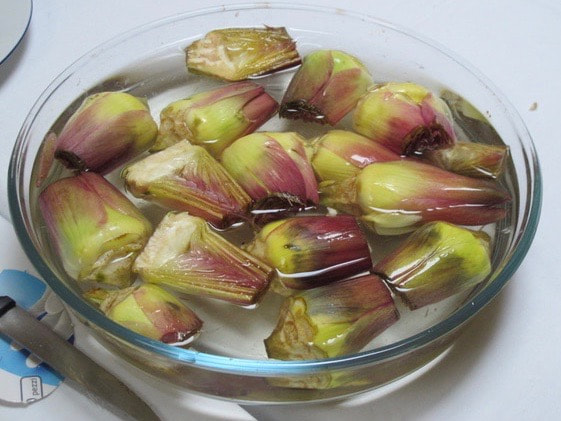
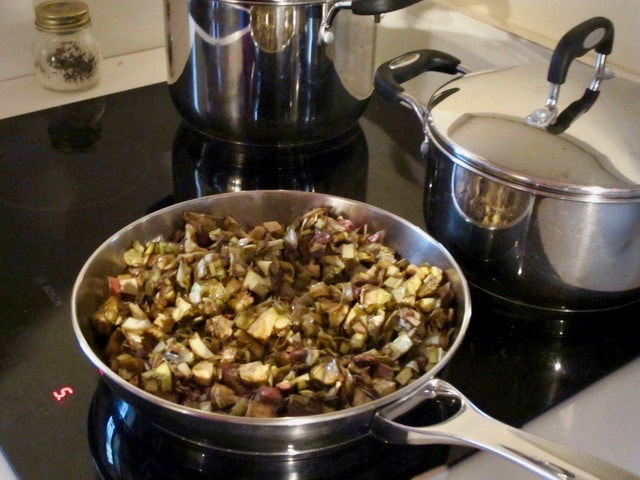
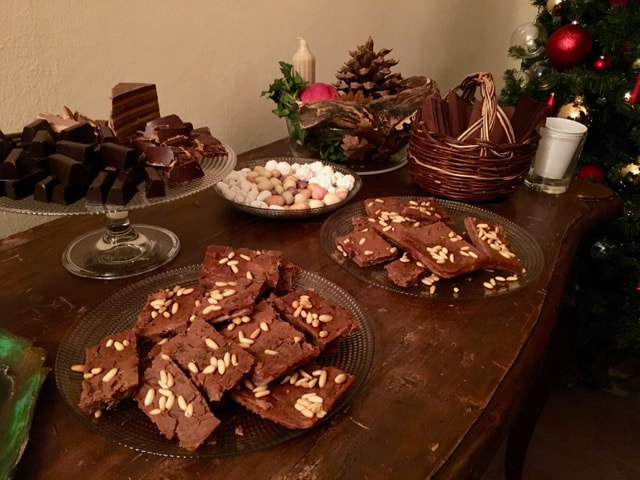

 RSS Feed
RSS Feed



